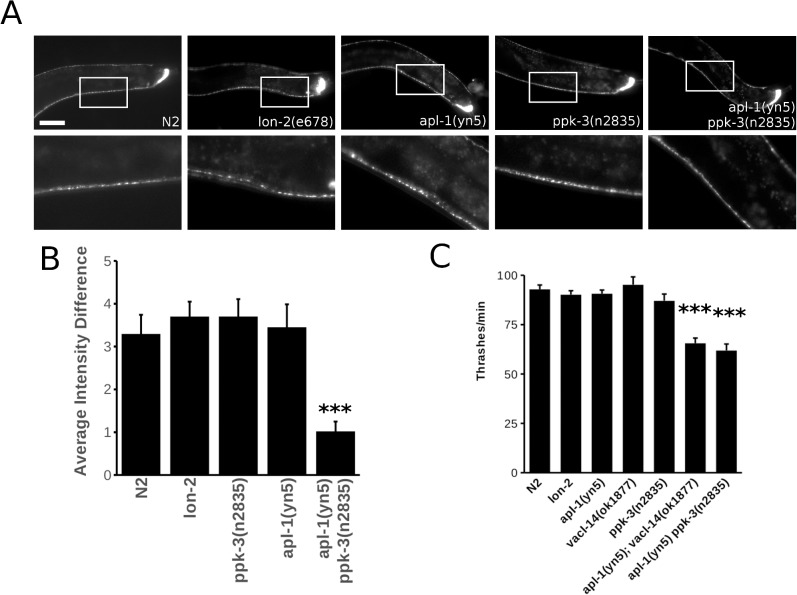Fig 6. APL-1/PPK-3 interplay is required for neuronal function.
(A) The C. elegans synaptic marker GFP::RAB-3 was used to visualise the central nervous system of control animals, single and double mutants. While the nervous system was intact at the light microscopic level in control animals and single mutants, in the apl-1(yn5) ppk-3(n2835) double mutant the accumulation of the synaptic vesicle marker GFP::RAB-3 was impaired leading to a more homogeneous, less well-defined staining of the ventral nerve chord. Enlargement of the respective areas is shown in the second row of panels. Bar, 50 μm. (B) Average intensity difference between GFP::RAB-3 maxima (corresponding to synapses) and GFP::RAB-3 minima (intersynaptic space) measured along the C. elegans ventral nerve chord demonstrated the reduced ability of the apl-1(yn5) ppk-3(n2835) double mutant to concentrate RAB-3 in synapses compared to the N2 control (p<0.01, two-tailed t-test, n>13). Error bars are s.e.m. (C) Thrashing analysis of single and double mutants demonstrated that the interplay between APL-1 and the PPK-3 complex is required for motor control in C. elegans. The double mutants apl-1(yn5); vacl-14(ok1877) and apl-1(yn5) ppk-3(n2835) were significantly impaired in their thrashing compared to the Bristol N2 and lon-2(e678) controls and the single mutants (p values student’s t-test <0.01, n = 20 per strain). Error bars are s.e.m.

